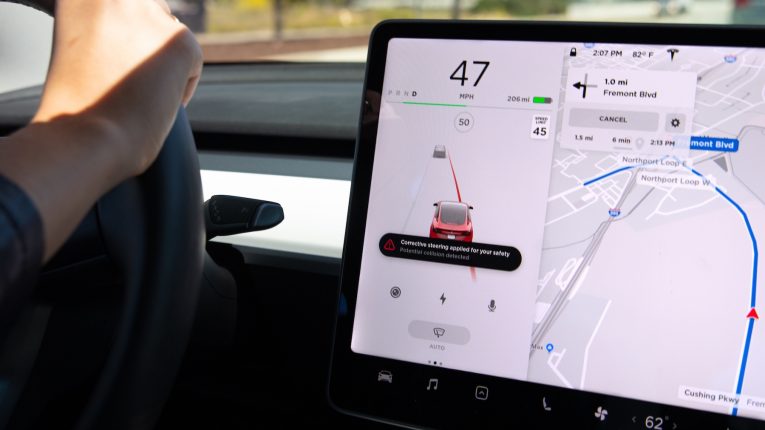
Tesla Offering More Advanced Safety Tech
Tesla is promising safer driving for its owners. The massive amount of real-world data gathered from their cars’ eight cameras, 12 ultrasonic sensors, and forward-facing radar, coupled with billions of miles of inputs from real drivers, has helped them better understand the patterns to watch out for in the moments before a crash.
According to Tesla, drivers using Autopilot register fewer accidents per mile than those driving without it. That’s because Autopilot is designed to reduce fatigue by helping drivers stay in their lane, while also ensuring that they keep their hands on the wheel. While lane-keeping and hands-on monitoring can be extremely effective at helping to reduce the likelihood of an accident when Autopilot is in use, they believe that these precautions can also be extremely effective for preventing accidents when Autopilot is not in use.
They’re now launching two new safety features designed to help prevent drivers from inadvertently departing their lane, which their data shows is a common cause of accidents when Autopilot is not in use. These new features – Lane Departure Avoidance and Emergency Lane Departure Avoidance – help drivers stay engaged and in their lane in order to avoid collisions.
Lane Departure Avoidance
Lane Departure Avoidance lets a driver elect to have corrective steering applied in order to keep them in their intended lane. When the feature is in use and a driver is departing a lane without their turn signal on, the car will also check to see whether a driver’s hands are on the wheel. If a driver’s hands are not detected on the wheel, the driver will receive a series of hands-on reminders and alerts, similar to the ones that the cars provide to customers who use Autopilot. If a driver’s hands are repeatedly not detected on the wheel when Traffic Aware Cruise Control is in use, their car will gradually slow down to 15 miles below the speed limit or below the car’s set speed and turn its hazard lights on.
This feature can be turned on or off, and works at speeds between 25 and 90 mph. It is an extension of Lane Departure Warning, which already warns drivers through a steering wheel vibration if they begin to drift out of their lane without their turn signal engaged.

Emergency Lane Departure Avoidance
Emergency Lane Departure Avoidance is designed to steer a Tesla vehicle back into the driving lane if the system detects that it is departing its lane and there could be a collision, or if the car is close to the edge of the road. This feature will automatically be enabled at the beginning of every drive, but can be turned off for a single drive by going to the Autopilot Controls menu.
Navigate on Autopilot Update
The latest version of Navigate on Autopilot was also recently introduced for a more seamless active guidance experience. In the new version, drivers have the option to use Navigate on Autopilot without having to confirm lane changes via the turn stalk. Here’s how it works:
In the Autopilot settings menu, a driver can press the Customize Navigate on Autopilot button which will now display three additional settings – Enable at Start of Every Trip, Require Lane Change Confirmation, and Lane Change Notification. Through the Enable at Start of Every Trip setting, Navigate on Autopilot can be set to automatically turn on each time a driver enters a navigation route. Once enabled, anytime a driver is on a highway and uses Autopilot with a location plugged into the navigation bar, the feature will be on by default. If a driver selects ‘No’ to Require Lane Change Confirmation, lane changes will happen automatically, without requiring a driver to confirm them first. Drivers can elect to get notified about an upcoming lane change by receiving an audible chime as well as a default visual prompt. Additionally, all cars made after August 2017 will also have the option to have their steering wheel vibrate for the alert as well.
Each of these notifications are meant to provide drivers with the opportunity to check their surroundings and determine whether they want to cancel the lane change before it’s made. Cancellations can be made by moving the car’s turn signal or by pressing the lane change cancellation pop-up notification on the car’s touchscreen. This feature does not make a car autonomous, and lane changes will only be made when a driver’s hands are detected on the wheel. As has always been the case, until truly driverless cars are validated and approved by regulators, drivers are responsible for and must remain in control of their car at all times.
Through their internal testing and Early Access Program, Tesla says more than half a million miles have already been driven with the lane change confirmation turned off. Their team consistently reviews data from instances when drivers took over while the feature has been in use, and has found that when used properly both versions of Navigate on Autopilot offer comparable levels of safety.
The new settings are available to customers who purchased Enhanced Autopilot or Full Self-Driving Capability.
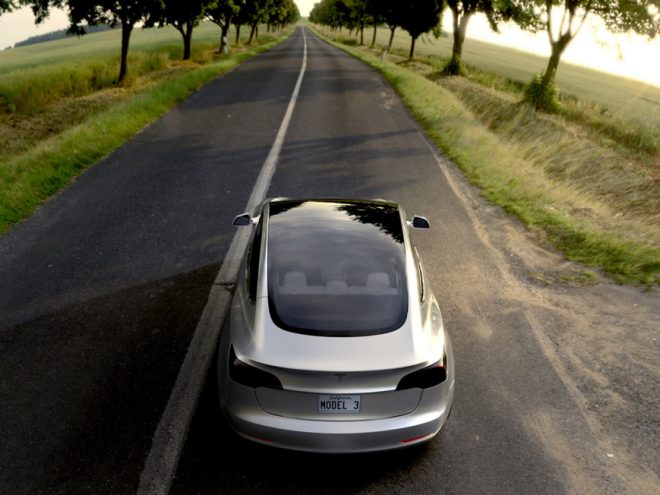
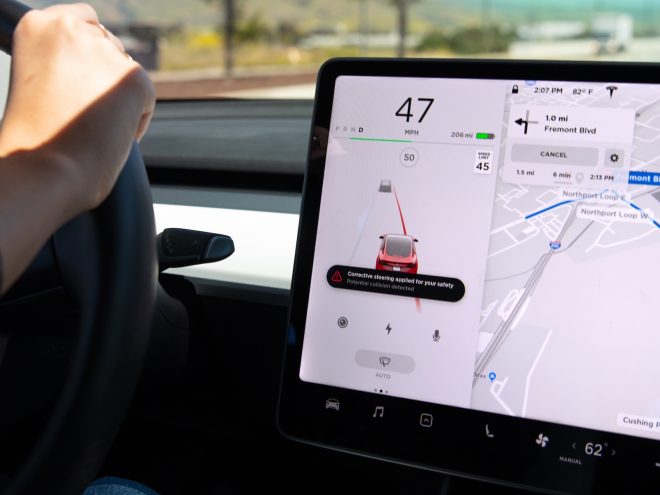
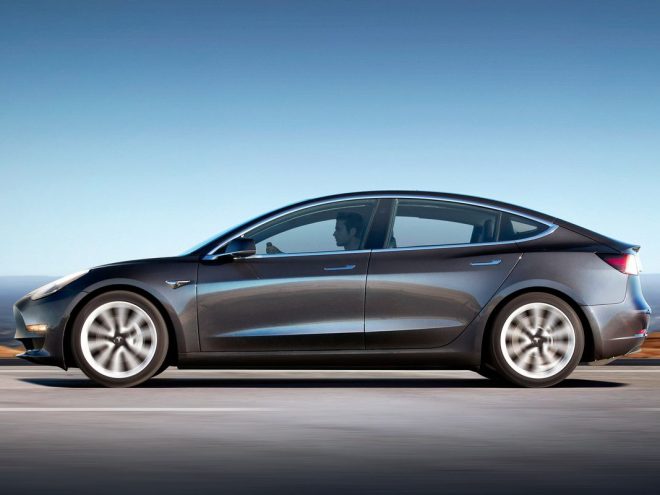
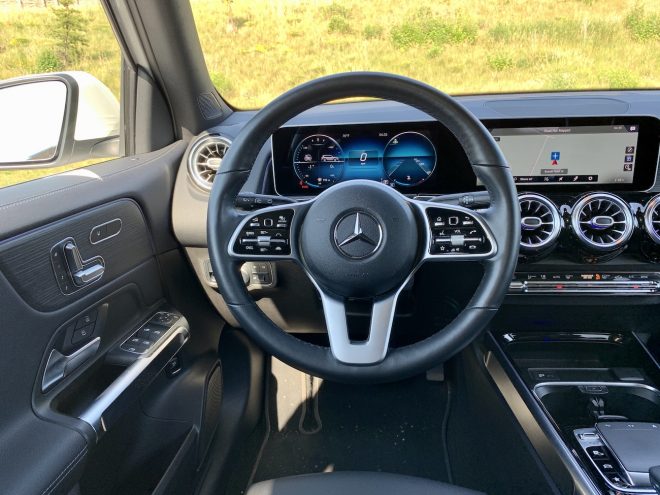
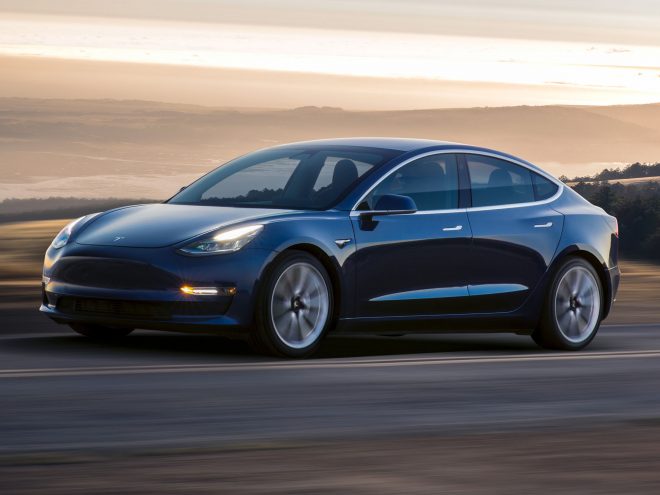
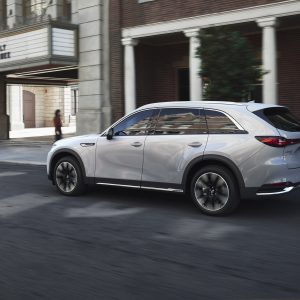



[…] especially when they release a new model or new features. There’s no doubt that Tesla offers incredible safety technology in its cars. And, one of the biggest draws is that the vehicles are fully […]
[…] The Digital Cockpit also does a great job of keeping the driver aware of what the system is doing, much like Tesla’s Autopilot. […]